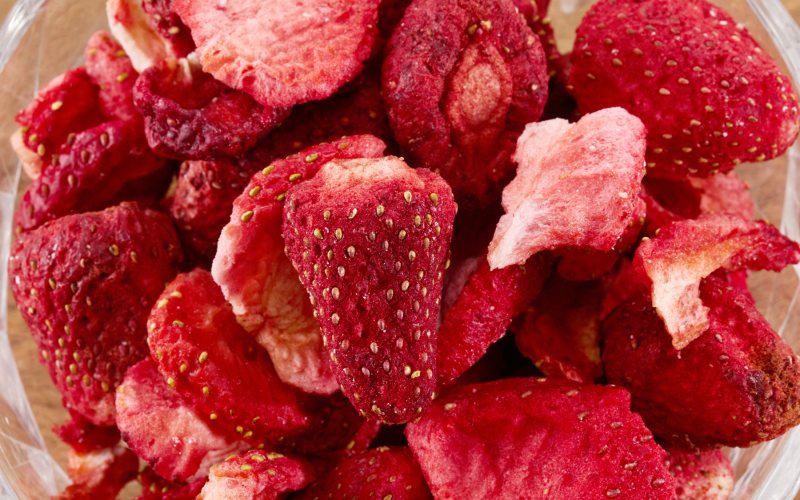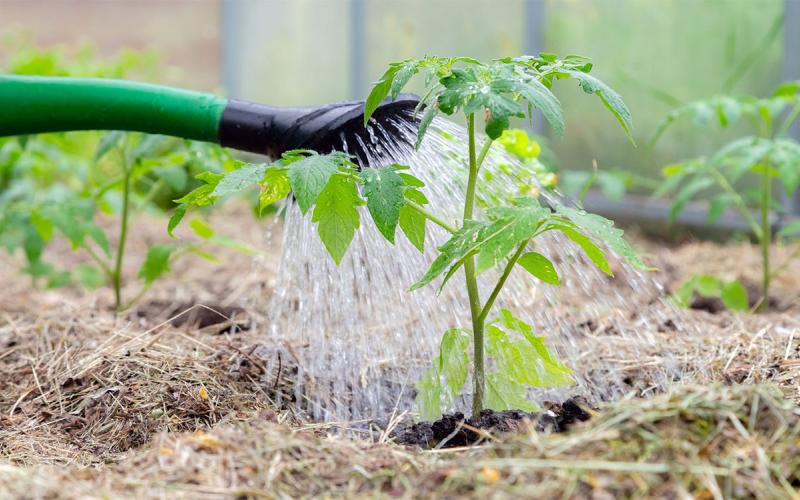Making dough and batter is one of the intermediary steps on your way to enjoying great foods, such as scones, cookies, cakes, donuts, pies and more. Since these hydrated doughs are baked, the perceived food safety risk is often considered non-existent as long as you don’t consume the raw hydrated batter. However, this article will help you understand the food safety risks associated with food types that have a hydrated batter.
Since cookies, cakes, donuts, scones, and other similar food types are often baked and exposed to times and temperatures that kill pathogens one might ask, “What could potentially make these foods unsafe?”. The answer is Staph aureus. S. aureus is a pathogenic bacteria that is responsible for 10 to 30 food poisoning outbreaks a year in the U.S. Symptoms may include vomiting, diarrhea, abdominal pain, nausea, and weakness and can start within 4 hours of consuming food. Everyone is susceptible to intoxication by S. aureus with more severe symptoms, including occasionally death, occurring in infants, the elderly, and debilitated persons. Although other bacteria may be in a hydrated batter, they are less likely to grow in hydrated batter mixes and/or are likely to be killed by subsequent heating. Thus, S. aureus is the organism of concern when dealing with hydrated batters.
S. aureus can get into the product by raw materials or through unclean hands, insanitary utensils, and equipment. The hazard develops when a batter is exposed to favorable times and temperatures. Although there can be growth of S. aureus, there is normally not a food safety risk of poisoning until the number of S. aureus pathogens reach 500,000 to 1,000,000 CFU/g. S. aureus can grow at temperatures as low as 44.6°F and at a water activity as low as 0.83. Toxin formation is not likely at temperatures lower than 50°F or at water activities below 0.85. Exposure times greater than 12 hours at temperatures between 50°F and 70°F could result in toxin formation. Likewise, exposure times greater than 3 hours at temperatures above 70°F could also result in toxin formation. Because S. aureus creates such a heat stable toxin, it is unlikely that baking will affect the significance of the hazard.
The next question one may ask is, “What should be done if I have let my batter sit out at temperatures greater than 70°F or have let it sit out for longer than 12 hours with a temperature between 50°F and 70°F?”. The best solution would be to throw away the batter if you have let it sit at these times and temperatures. There is no way to no whether or not the food has become compromised and it is better to just throw it away. Another question one may as is, “What should be done if my processing equipment is let sit for longer than 3 hours at temperatures greater than 70°F?”. If this occurs, the solution would be to clean and sanitize the equipment before using again to process. S. aureus can still grow on equipment where there is left over food and food debris.
If you have a business in which you sell refrigerated or frozen dough, you should ensure that proper transportation and storage temperatures are maintained and there is a means to take the temperature to ensure you are within the refrigerated (32°-40°F) or frozen (0°F Best practice) temperature ranges. Additionally, Safe Handling Instructions label on your product should be utilized to ensure that the consumer will properly handle, store, and prepare the product. The Safe Handling Instructions label should warn the consumer against eating raw dough and refrigerating or freezing the product immediately (see below).

In conclusion, it is important to ensure that you are taking into consideration the risk of S. aureus when making a food that requires a hydrated batter processing step and the time and temperature the dough can be exposed to before becoming a food safety risk. Likewise, if you decide to sell hydrated batters or doughs, it is important to label the product appropriately to warn and advise the consumer on how to properly handle and store the product.
Reference: Fish and Fishery Products Hazards and Controls Guidance 4th Edition. (2019, August).


